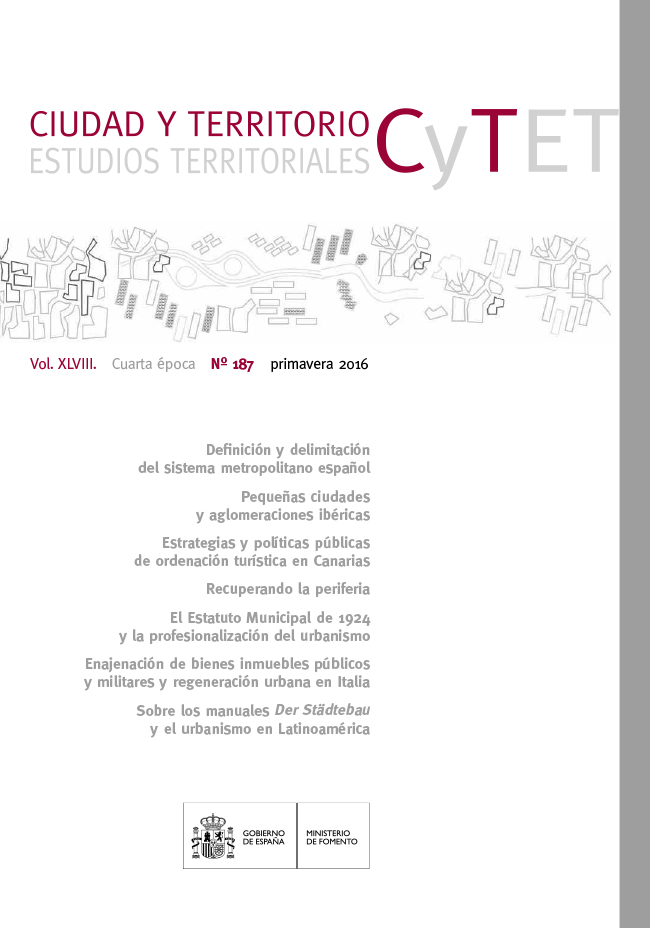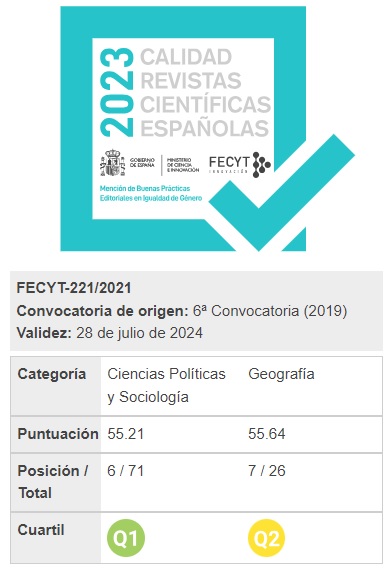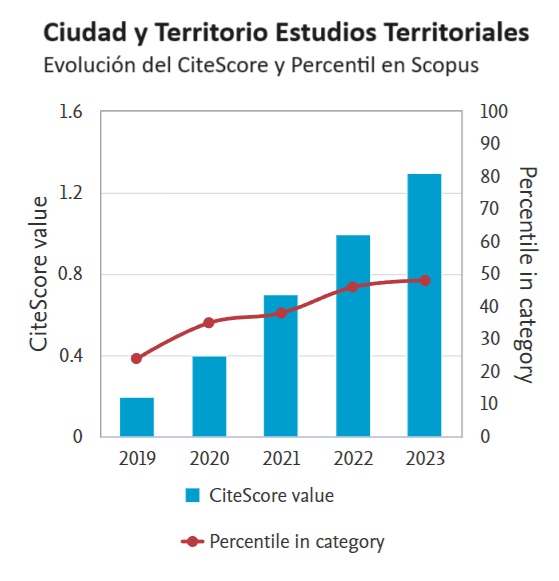Recovering the Periphery: Energy Rehabilitation of Ciudad de los Ángeles in Madrid
Keywords:
Rehabilitation, social housing, energy efficiency, Ciudad de Los Ángeles (Madrid)Abstract
The building of the Ciudad de los Ángeles area in Madrid began in 1950. Located on the
outskirts of the city, with a design corresponding to the Modernist Movement, its construction was
driven by low production costs, as it was intended to house the working class associated with
nearby industry. The condition of the open space and buildings led the it to be declared an Full
Rehabilitation Area in 2006. Since then the remodelling of the buildings and public spaces has been
undertaken according to the criteria set out in the State Housing Plan 2005-2008. As the
neighbourhood was built before any energy standards were approved, the rehabilitation has
focused on adapting the containers to achieve a reduction in the demand for energy. The first results
of the research in progress suggest that public and private investment is indeed useful and that the
building systems used are indeed valid. Theoretical research provides data to show that a significant
reduction in the demand for energy has been achieved with the measures adopted.
Downloads
Downloads
Published
How to Cite
Issue
Section
License
Copyright (c) 2016 D. Morcillo Álvarez, C. Arjona Martín, N. Martín Acosta

This work is licensed under a Creative Commons Attribution-NonCommercial-NoDerivatives 4.0 International License.
Considering the provisions of the current legislation on Intellectual Property, and in accordance with them, all authors publishing in CyTET give -in a non-exclusive way and without time limit- to the Ministry of Transport, Mobility and Urban Agenda the rights to disseminate, reproduce, communicate and distribute in any current or future format, on paper or electronic, the original or derived version of their work under a Creative Commons Attribution-NonCommercial-NoDerivative 4.0 license International (CC BY-NC-ND 4.0), as well as to include or assign to third parties the inclusion of its content in national and international indexes, repositories and databases, with reference and recognition in any case of its authorship.
In addition, when sending the work, the author(s) declares that it is an original work in which the sources that have been used are recognized, committing to respect the scientific evidence, to no longer modify the original data and to verify or refute its hypothesis. Author(s) also declare that the essential content of the work has not been previously published nor will it be published in any other publication while it is under evaluation by CyTET; and that it has not been simultaneously sent to another journal.
Authors must sign a Transfer of Rights Form, which will be sent to them from the CyTET Secretariat once the article is accepted for publication.
With the aim of promoting the dissemination of knowledge, CyTET joins the Open Journal Access (OA) movement and delivers all of its content to various national and international indexes, repositories and databases under this protocol; therefore, the submission of a work to be published in the journal presupposes the explicit acceptance by the author of this distribution method.
Authors are encouraged to reproduce and host their work published in CyTET in institutional repositories, web pages, etc. with the intention of contributing to the improvement of the transfer of knowledge and the citation of said works.








 Enlace a CyTET en Linkedin
Enlace a CyTET en Linkedin